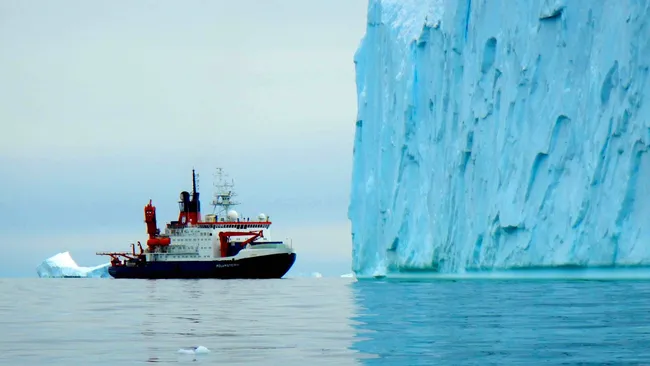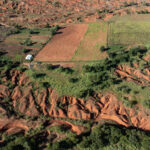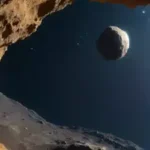Antarctica, often pictured as a pristine white expanse, holds secrets beneath its icy facade that could rival the most thrilling mystery novels. Far from being a barren, frozen wasteland, this continent whispers tales of ancient rivers that carved through its landscape millions of years ago, long before ice sheets claimed it as their own. Today, scientists are delving into these frozen archives, unearthing the hidden hydrographic history of Earth’s southernmost sentinel. Join us on a fascinating journey as we uncover the mysteries of Antarctica’s ancient rivers!
Journey Beneath the Ice: Antarctica’s Veins!
Beneath the vast, imposing glaciers of Antarctica lies a hidden network of rivers, invisible and silent, yet tremendously impactful. These subglacial rivers, much like the veins in our bodies, channel nutrients, sediments, and water, shaping the underlying topography of the continent. Recent technological advancements have allowed scientists to use radar and satellite imagery to penetrate the ice, revealing a complex and dynamic system of rivers that once flowed freely across the continent. This discovery not only alters our understanding of Antarctic geography but also provides insights into the past climate conditions of this enigmatic land.
The exploration of these ancient rivers began with faint traces, subtle hints that suggested the existence of extensive waterways beneath the ice. As researchers mapped these clues, they uncovered evidence of river beds that stretched for hundreds of miles, now buried under several kilometers of ice. These ancient watercourses tell a story of a time when Antarctica was a lush, green continent. Isotope analysis and sediment samples collected from these river beds help scientists piece together a timeline of water flow, vegetation, and geological changes.
The implications of these findings are profound. Understanding how water flowed in this now-arid continent can give clues about how melting ice sheets will behave in the future as our planet warms. This knowledge is crucial for predicting sea-level rise and preparing for the impacts of climate change. Moreover, studying these ancient systems offers a unique perspective on how life might adapt to extreme environments, possibly even on other planets like Mars, which has similar frozen sub-surface rivers.
Waving Through Time: The Rivers of Yore!
The story of Antarctica’s ancient rivers is not just a tale of water and ice but a saga of the Earth’s climatic history. Several million years ago, when the continent was much warmer than today, it hosted dense forests and abundant wildlife, supported by these expansive rivers. Pollen grains found embedded in the sediment layers beneath the ice sheet suggest a biodiversity that included coniferous trees and various plant species, which thrived along the banks of these robust waterways.
These prehistoric rivers were the lifelines of ancient ecosystems, providing essential resources for flora and fauna alike. Their courses shaped the migration and evolution patterns of numerous species, creating ecological niches that fostered diverse life forms. The disappearance of these rivers, caused by gradual cooling and the onset of ice ages, marked a significant shift in Antarctica’s ecological dynamics. This shift is recorded in the fossils and frozen remains left behind, offering scientists invaluable insights into how sudden environmental changes can affect biological communities.
Celebrating these ancient rivers also means recognizing the role they play in today’s world. Although no longer flowing visibly, their paths influence the movement of subglacial water and the shifting of glaciers. By studying how these hidden rivers carved the landscape, scientists can predict potential hotspots of melting and assess their impact on global sea levels. This deep-time perspective is essential for understanding the broader ecological and climatic transformations that shape our world.
Unearthing the secrets of Antarctica’s ancient rivers is like opening a time capsule, one that contains critical lessons about Earth’s past and hints at possible futures. These explorations are more than just scientific endeavors; they are a rediscovery of a world long hidden beneath ice, a world that continues to influence the present and future of our planet. As we continue to uncover these hidden waterways, we not only unravel the mysteries of a frozen continent but also gain insights crucial for facing the environmental challenges of our warming world. The journey through Antarctica’s ancient rivers is far from over, and each discovery adds a new chapter to the story of our remarkable Earth.









